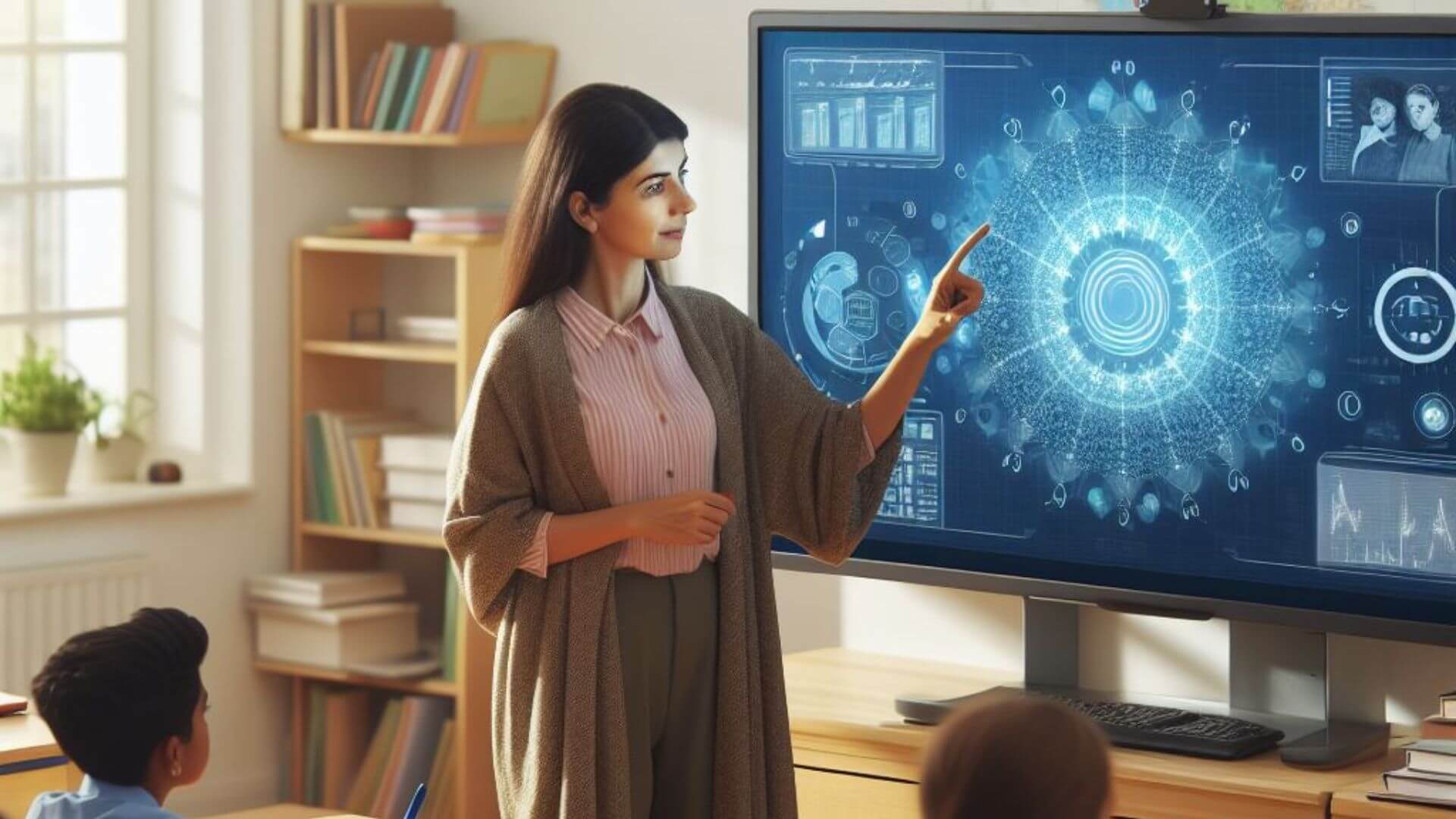Digital smart boards are becoming increasingly popular in classrooms, as they offer a range of features and benefits that can enhance the teaching and learning experience. Digital smart boards are large screen displays that allow users to interact with the content and each other using touch, gestures, or stylus pens. They also have a built-in computer system that runs on an operating system, such as Android or Windows, and supports various applications and software. Digital smart boards can be used for various purposes, such as interactive presentations, collaborative learning, real-time assessments, virtual field trips, and more.
Digital Smart Boards can be used for various purposes
Interactive Presentations
One of the most common and effective ways to use digital smart boards for teaching is to create interactive presentations that can capture the attention and interest of the students. By incorporating multimedia elements, such as images, videos, animations, and audio clips, teachers can make their lessons more engaging and memorable. Digital smart boards also allow teachers to annotate, highlight, or erase content on the screen, making it easier to explain and demonstrate concepts. Teachers can also use digital smart boards to access online resources, such as websites, YouTube videos, or educational apps, and display them on the screen for the whole class to see.
Collaborative Learning
Another effective way to use digital smart boards for teaching is to facilitate collaborative learning among the students. Digital smart boards enable multiple users to work on the same screen simultaneously, using multi-touch and multi-user input. This allows students to share ideas, solve problems, or work on projects together, fostering teamwork and communication skills. Digital smart boards also enable remote collaboration, as they can connect to the internet and other devices, such as laptops, tablets, or smartphones, allowing students to collaborate with others from different locations or devices.
Real-Time Assessments
Another effective way to use digital smart boards for teaching is to conduct real-time assessments that can measure the understanding and progress of the students. Digital smart boards allow teachers to create quizzes, polls, or interactive games, and students can respond directly on the screen using touch or stylus inputs. This provides immediate feedback to the teachers and the students, helping them identify the strengths and weaknesses of the students. Teachers can also use digital smart boards to track and record the performance and attendance of the students and generate reports and analytics.
Virtual Field Trips
Another effective way to use digital smart boards for teaching is to take the students on virtual field trips, exposing them to new and diverse experiences. Digital smart boards allow teachers to use interactive applications and 3D visualizations, and transport the students to different places, such as historical landmarks, natural wonders, or even outer space. This provides a more immersive and realistic experience for the students, helping them develop a deeper understanding and appreciation of the subject matter. Virtual field trips can also save time and money, as they do not require physical travel or transportation.
Conclusion
Digital smart boards are powerful tools that can revolutionize the teaching and learning process, offering a range of features and benefits that can enhance the classroom experience. Digital smart boards allow users to interact with the content and each other using touch, gestures, or stylus pens, and support various applications and software. Digital smart boards can be used for various purposes, such as interactive presentations, collaborative learning, real-time assessments, virtual field trips, and more.
By using digital smart boards for teaching, teachers can create dynamic and engaging learning environments that can captivate the attention and interest of the students and promote active participation and collaboration. Digital smart boards can also improve the learning outcomes and retention rates of the students, as they can provide immediate feedback, reinforcement, and remediation. Digital smart boards can also support online learning and remote collaboration, as they can connect to the internet and other devices, such as laptops, tablets, or smartphones, via Wi-Fi, Bluetooth, HDMI, USB, or other ports.





